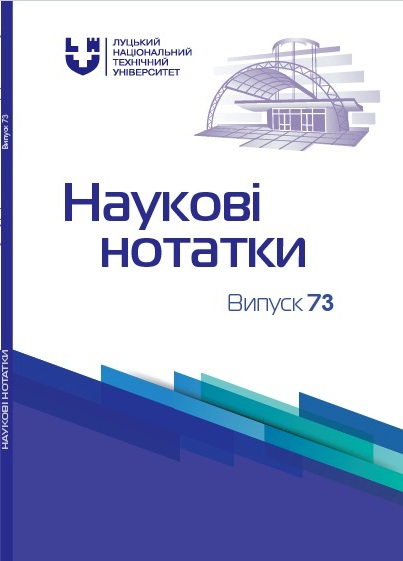ON THE ISSUE OF FORECASTING USING CLASSICAL AND NEURAL NETWORK METHODS OF MACHINE LEARNING
Abstract
The article describes the principles of forecasting using classical and neural network methods of machine learning. It is emphasized that the forecasting mechanism is used in the financial sphere, to forecast the level of sales, inflation, real gross domestic product, prices for oil, gold, currency, etc. The principles of genetic algorithm, clustering, mathematical and static methods, methods of neural network prediction are described. It is emphasized that in comparison with mathematical and static methods, cluster analysis does not impose conditions on the type of objects under consideration, so it allows us to study the diversity of initial data of arbitrary nature. The clustering algorithms are compared. The typical structure of a neural network with a direct connection is given, the principle of determining the error of an artificial neural network is mathematically substantiated. To determine the level of efficiency of forecasting models, the estimation was performed with the help of mathematical statistical indicators: degree of variance, standard error, standard absolute percentage deviation, median of absolute deviations, standard error of forecast, average absolute error. The scheme of information connections in the application of the forecasting system using classical and neural network methods of machine learning is given. The article emphasizes that forecasting using classical and neural network methods of machine learning is a software package designed for data forecasting. The results of the analysis of forecasting models are presented in the table. It is noted that the first model divides the data into groups so that each group consists of similar objects, and objects of different groups were different from each other, in the second model, unlike the first, the list of groups is not clearly defined, and is determined in the course of operation of algorithm, the third model in one step carries out processing of some population of lines. It is emphasized that the choice of different neuromethods depends on the specific task and can not be determined unambiguously, and to achieve the best result it is necessary to experiment with the choice of distance measures, and sometimes even change the algorithm.





